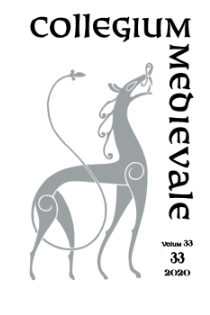Sammendrag
Less than 100 medieval triptychs, or fragments of such, are preserved in Norway. About 30 of these are in the churches. A common understanding used to be that the medieval - Catholic - ecclesiastical art was thrown out or altered as a result of the reformation of the Danish-Norwegian church in 1536-37. This myth has been modified in the last decades, and there is an agreement that the alteration of the reformed church room was in general, in Norway, a slow process. Starting from 12 examined late medieval triptychs, the main question for the paper is therefore when the surviving triptychs were changed the first time? Additional questions which are discussed in the paper are as follows; Is the first alteration caused by the reformation, or are there other reasons for the change of the triptychs? Is there a pattern in how they were modified? Is it possible to say who the initiators of the changes are, or who paid? What values were given to the Catholic objects that made them survive in the reformed church?
The research presented in this paper confirms the slow process. The first alteration of each of the 12 examined triptychs takes place in the period 1634-1875. Almost all are repainted the first time they are altered, five are mounted in a new altarpiece or carved frame. Information on who initiated the change is found for five of the 12, but only for two of the altarpieces is the alteration cost listed in the church accounts.

Dette verket er lisensiert under Creative Commons Attribution-ShareAlike 4.0 International License.
Opphavsrett 2020 Tone Marie Olstad

